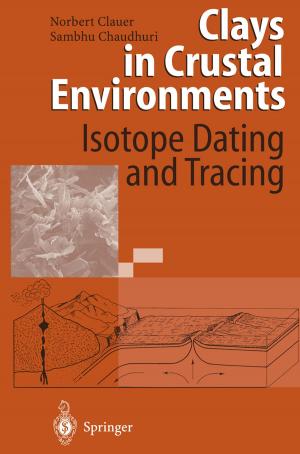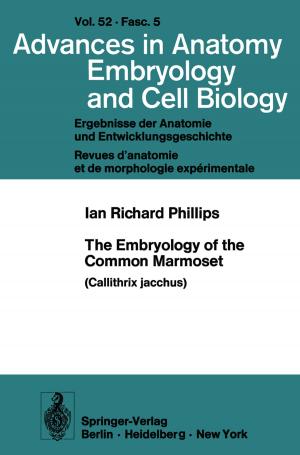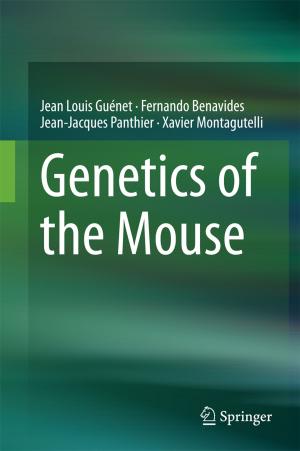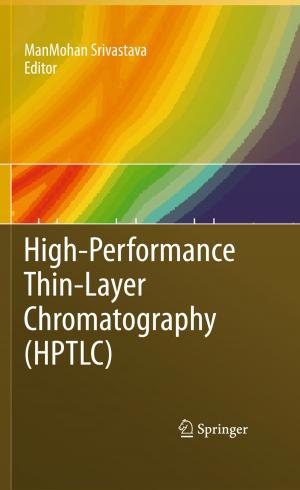Prehistoric Human Bone
Archaeology at the Molecular Level
Nonfiction, Science & Nature, Science, Other Sciences, Molecular Biology, Social & Cultural Studies, Social Science, Anthropology| Author: | ISBN: | 9783662028940 | |
| Publisher: | Springer Berlin Heidelberg | Publication: | April 9, 2013 |
| Imprint: | Springer | Language: | English |
| Author: | |
| ISBN: | 9783662028940 |
| Publisher: | Springer Berlin Heidelberg |
| Publication: | April 9, 2013 |
| Imprint: | Springer |
| Language: | English |
Locked up within human bone are tantalizing clues concerning the diets consumed by ancient peoples. On the one hand the amounts of certain elementsin bone (strontium, zinc) serve as measures of protein, fiber, and calcium intake. On the other hand, the ratios of carbon isotopes and of nitrogen isotopes provide information on questions of fish vs. meat, herbivore vs. carnivore, or (for animals) browser (shrubs) vs. grazer (grasses). Such information can provide a window on many aspects of prehistoric cultures and can supplement the nonskeletal archaeological record. In addition to these two approaches, the biochemical record in bone from protein and nucleic acids such as DNA serves as a source of nondietary information such as genetic relationships. This volume treats all three subjects.: elemental, isotopic, and biochemical. The foremost experts in the areas provide fundamental descriptions of the techniques, express their concerns over the limitations of the methods, and describe recent applications to archaeological studies.
Locked up within human bone are tantalizing clues concerning the diets consumed by ancient peoples. On the one hand the amounts of certain elementsin bone (strontium, zinc) serve as measures of protein, fiber, and calcium intake. On the other hand, the ratios of carbon isotopes and of nitrogen isotopes provide information on questions of fish vs. meat, herbivore vs. carnivore, or (for animals) browser (shrubs) vs. grazer (grasses). Such information can provide a window on many aspects of prehistoric cultures and can supplement the nonskeletal archaeological record. In addition to these two approaches, the biochemical record in bone from protein and nucleic acids such as DNA serves as a source of nondietary information such as genetic relationships. This volume treats all three subjects.: elemental, isotopic, and biochemical. The foremost experts in the areas provide fundamental descriptions of the techniques, express their concerns over the limitations of the methods, and describe recent applications to archaeological studies.















